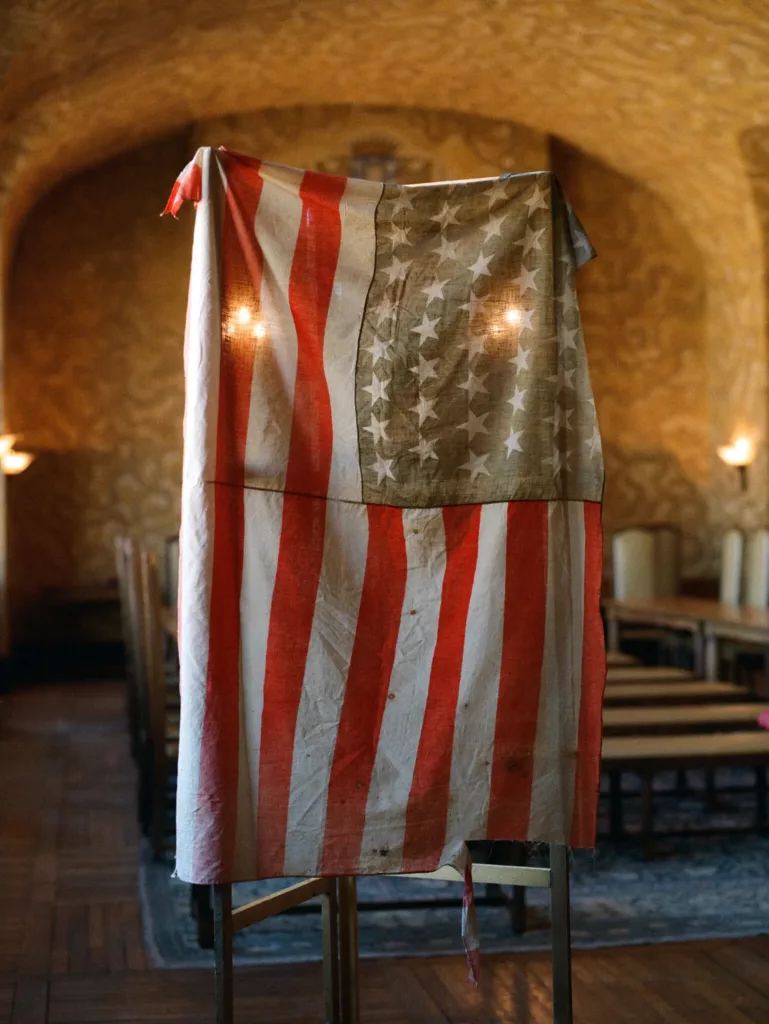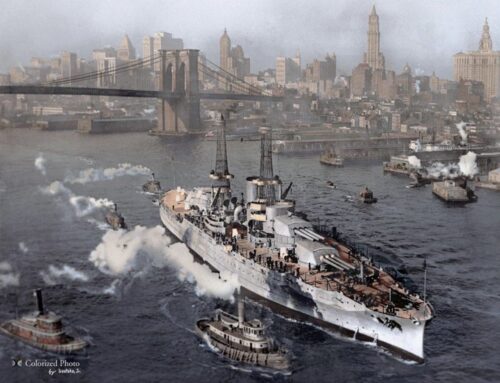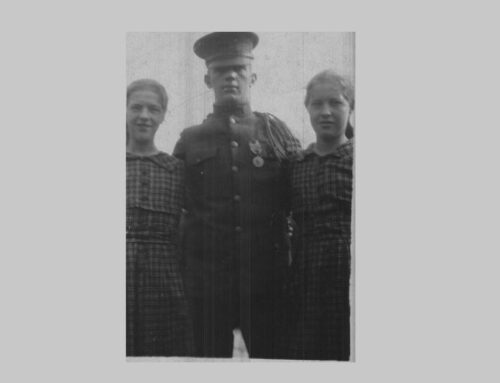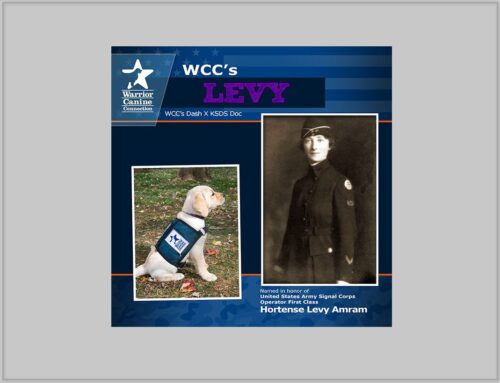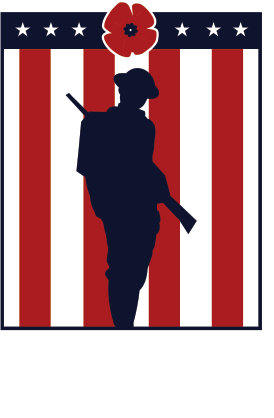Hello From a French Village That Recalls the U.S. as a Staunch Ally
Published: 2 April 2025
By Graham Bowley
via the New York Times newspaper website
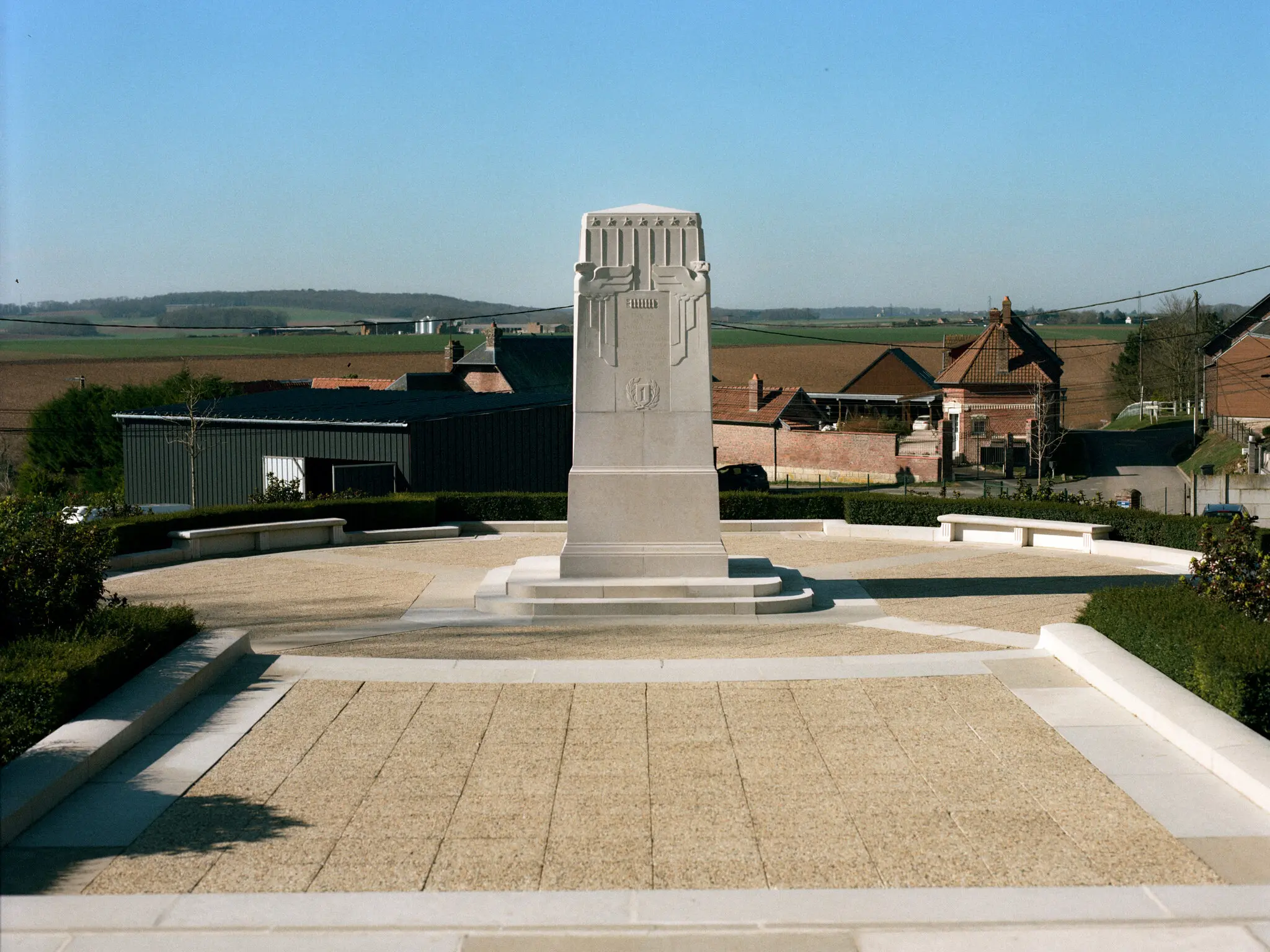
cantigny
The American Monument in Cantigny, France, commemorates a battle there in 1918 when American forces fought their first major offensive in World War I. (Credit...Mathieu Richer Mamousse for The New York Times)
French visitors are coming to Washington with an old U.S. battle flag and a plan to rekindle memories of the American soldiers who rescued their region during World War I.
More than a century after the fighting stopped, the U.S. Army’s First Division has not fully faded from memory in Cantigny, the tiny hilltop village in northern France that it helped to save in World War I.
In the woods, there is the trench that was once the unit’s muddy forward position. In a cellar, graffiti scrawled on stone by young, green doughboys, among the first Americans to see action in that war. In patches of farmland, the live shells that for years have turned up during plowing.
And in an otherwise unremarkable back room, grenades and shell casings found in the fields, along with a faded flag with 48 stars, thought left behind as the unit marched east to fight more.
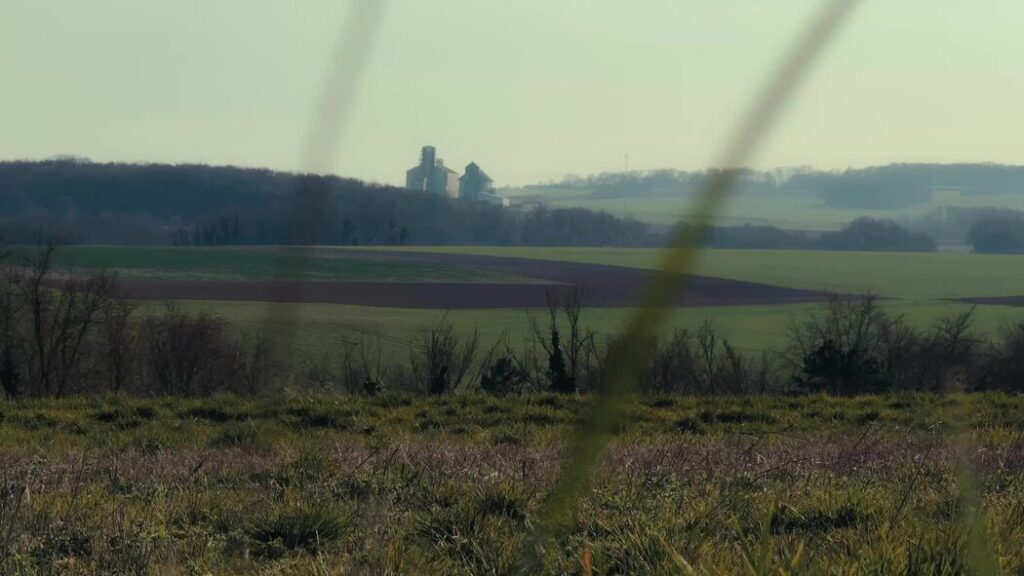
The fields at Cantigny have remained a place of memory, in part because artifacts from the fighting have continually surfaced over the decades.
In the history books, the battle at Cantigny in May 1918 is recalled as a crisis point in the war. The Allied forces, replenished by the arrival of newly minted American soldiers, beat back a spring offensive by German units looking to aim their booming guns at Paris.
In the village, the remembrances have always been more personal: More than 300 Americans died there. Cantigny, population about 110, has but a single church but it has four monuments, a few hundred yards apart, that honor the men who fought alongside the French under Gen. John J. Pershing. Maj. Theodore Roosevelt Jr. was among them. Pershing’s French military liaison was a descendant of the Marquis de Lafayette, the French aristocrat who had been America’s military patron.
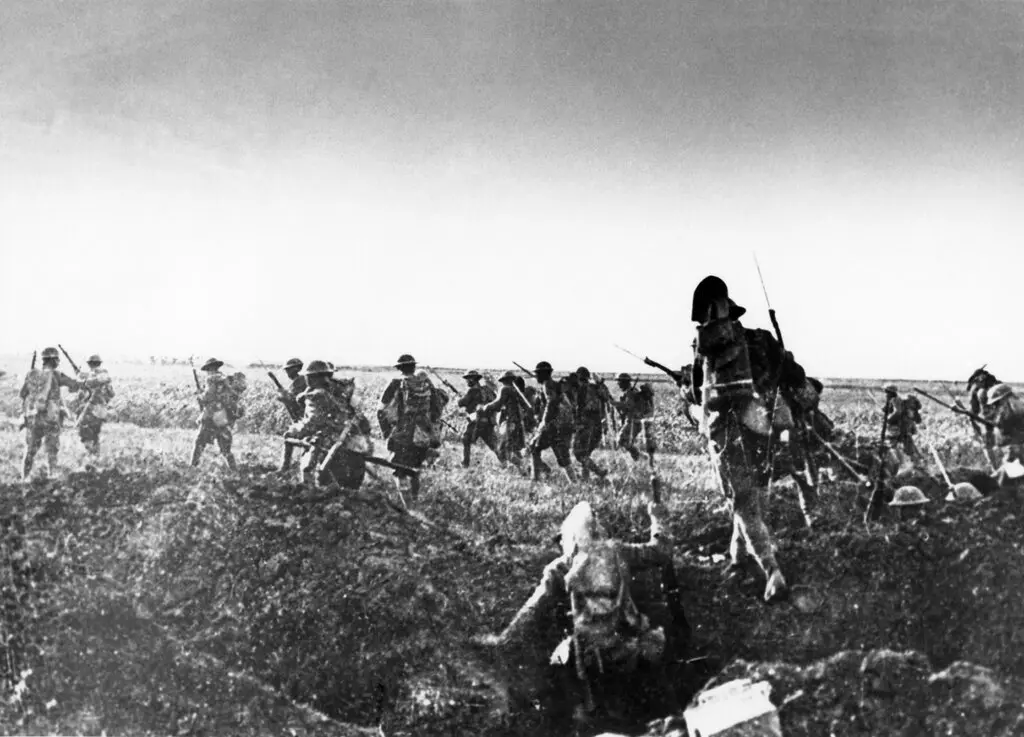
Soldiers from the 28th Infantry Regiment going over the top of trenches during the Battle of Cantigny on May 28, 1918. (Credit…Associated Press)
→ Read the entire article on the New York Times website.
External Web Site Notice: This page contains information directly presented from an external source. The terms and conditions of this page may not be the same as those of this website. Click here to read the full disclaimer notice for external web sites. Thank you.
